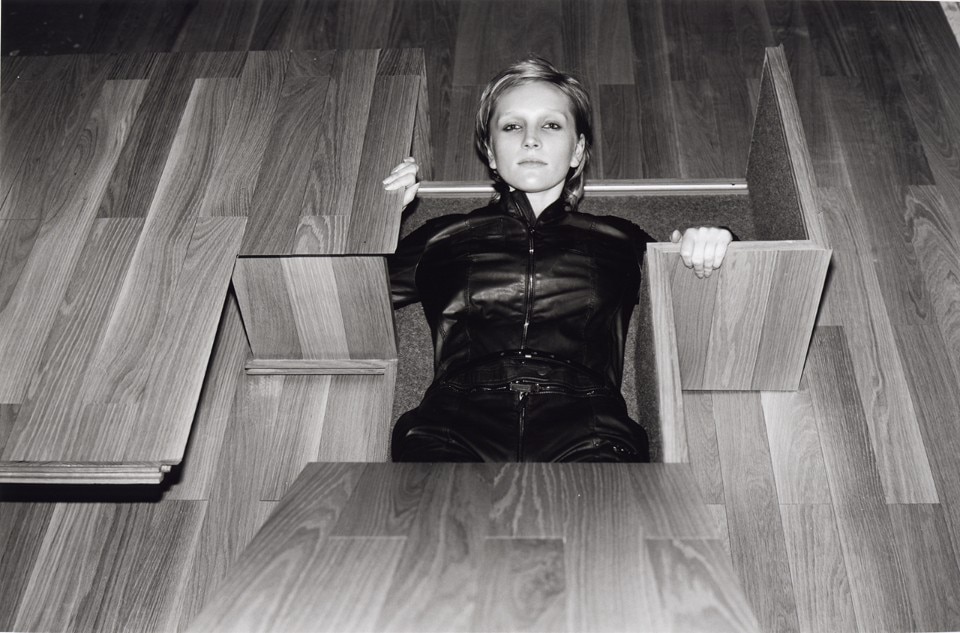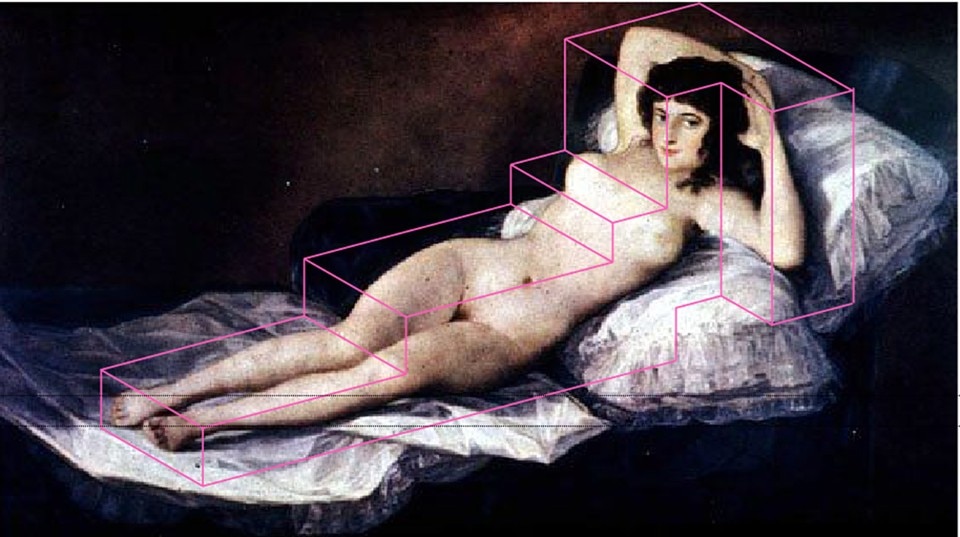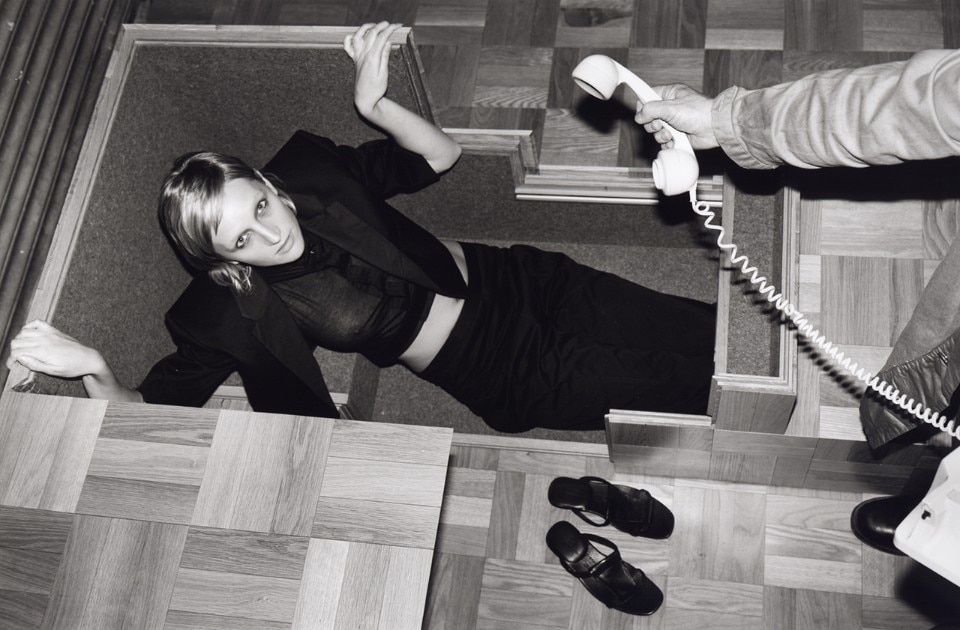This article will appear in Domus 1045, in the “What is design?” column, on newsstands from 2 April.
I am writing in anxious times. On the day I am making the final edits to this essay, Milan has been locked down by the authorities along with much of northern Italy, in an attempt to mitigate the coronavirus that has been spreading internationally for about three and a half months This essay appears in the April issue of Domus, the design-world equivalent of Vogue’s once-famous September Issue; it is supposed to be robust with ads and published to coincide with Design Week, supposedly still the most important event in the world of design.
This Salone, however, has been postponed to June (fingers crossed). Across the planet, markets are tumbling, fingers are pointing and conspiracy theories are flying. Is this a moment of clear-air turbulence – sudden and violent, scary but temporary – or is it a major tectonic adjustment to a new reality?

I reconsidered a few past anxious times as I wrote and rewrote this essay, sculpting it day after day to make it more sober with every new surge in the number of the infected and every new dip of the economic indicators. I found an eerily pertinent essay from 2009, “A New Map for Design”, I wrote for SEED Magazine. “Milan still represents a big red dot in the geography of design, but design is changing rapidly, and so are its maps. […] the tough financial situation and dwindling travel funds; the increasing number of resources and opportunities available online; the ease of movement from digital design to digital production that renders prototyping almost unnecessary until the moment of distribution; […] the increased sensitivity to the footprint caused by air travel; and especially the massive shift of the design profession from making things to proposing models, visualizing complexity, and building scenarios, are all working together to further endanger this latest design world map. What is important now is the production of ideas: The poles have become lighter and more immaterial, having rid themselves of much of the baggage of material production. The geography of design has transformed; systems are now built around schools rather than industry.”
What is important now is the production of ideas: The poles have become lighter and more immaterial, having rid themselves of much of the baggage of material production.
The power of design resides in its ability to analyse and synthesise. Designers’ synthetic skills are visible not only in the simple historical binaries of yesteryear – goals and means, for instance, or form and function, needs and desires, and individual and collective interest – but also in more complex and fluid scenarios that combine biology, digital technology, identity politics and ethics, or (post) industrial production, sustainability and communication, to name just a few of the possible permutations. Like movie directors, designers are the keepers of the vision and build the interdisciplinary teams that are needed to achieve it.
With some historical corrections, the decline of speculative design, paralleled by the rise of Design Thinking (which I personally decry) and the advent of investigative design and of more stringent ethical filters, for example, design today still seems to be well poised to do what it does best: help the world change.
Once again, however, in the past 12 years design has conquered new milestones. Here is a 2008 consideration of the relationship between design and change, from the catalogue of my exhibition “Design and the Elastic Mind”: “Designers have the ability to grasp momentous changes in technology, science, and social mores, and to convert them into objects and ideas that people can actually understand and use.” That is the description of a momentous but still rather reactive stance that is in contrast with today’s proactive, or even activist, attitude that many designers share. Some of them, for instance, have set out to unveil hidden, toxic ecosystems that undergird an economy of consumption and their geopolitical consequences; others have proposed shiny examples of circularity and integrity, making a constructive and reparative vision of the future elegant and desirable.
Designers have the ability to grasp momentous changes in technology, science, and social mores, and to convert them into objects and ideas that people can actually understand and use.
Oh, dear readers, how I would like to name names! I have many but not enough space, dear readers. What those names would often have in common is an agility that comes from the sensible overhead typical of medium-to-small enterprises and often an upbringing in an education system that was still supported by public funds – as well as a relative comfort with the idea of remaining contained in size and profit. Because of that agility, these studios can also experiment with format, integrating various forms of design under the same “roof” or sometimes remaining dispersed and assembling ad hoc when the occasion arises. They can entertain new forms of design that require novel research, concentrating analysis and synthesis in tighter quarters.
This ecosystem of experimentation and pluralism, so important for the destinies of our society, is in danger because of the draconian cuts to the funds supporting design, and arts and culture in general, operated by governments throughout the world. In many countries, design, architecture and art schools are extremely expensive and young graduates rush to seek well-paying jobs in order to offset student debt.
Those jobs are often available in large companies with incisive but equally large design divisions (Google, Lego or IBM, for instance). Since the visionary and synthetic exercise is fragmented by design in departments of thousands, however, it is painful to think of the creative energy and potential that goes dissipated, or at least diluted. Worse, those jobs are often found in the design departments opened by consulting groups like McKinsey and Hakuhodo, which have set out to include Design Thinking among their offerings to clients. Hakuhodo even acquired part of Ideo, the company that cemented the infatuation with the practice. Since Design Thinking is to design what scientific method is to science, it goes without saying that these designers might not be able to flex their design muscles.
Besides a reform of the education system, design could benefit from the same startup model that is now being reconsidered by the tech industry after one too many rude awakenings.
Besides a reform of the education system, design could benefit from the same startup model that is now being reconsidered by the tech industry after one too many rude awakenings. The disappointments, however, happened in many cases because the second-round investments and the financial return expectations were outsized, too greedy. With new venture capital funds copacetic with the more “humanistic” baselines of an economy rebooted not only by the shock of Covid-19 but also by the deep environmental and political crises that have battered the world for several years, design could thrive and help the world (humans and other species) to heal. Throughout my career, I have preached that design is a fundamental ingredient of life and society also because it helps people deal with change. This is a perfect time to prove its importance.

Paola Antonelli is Senior Curator of Architecture & Design at The Museum of Modern Art, as well as MoMA’s founding Director of Research & Development.


